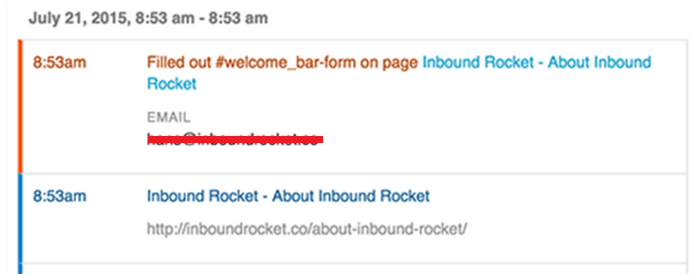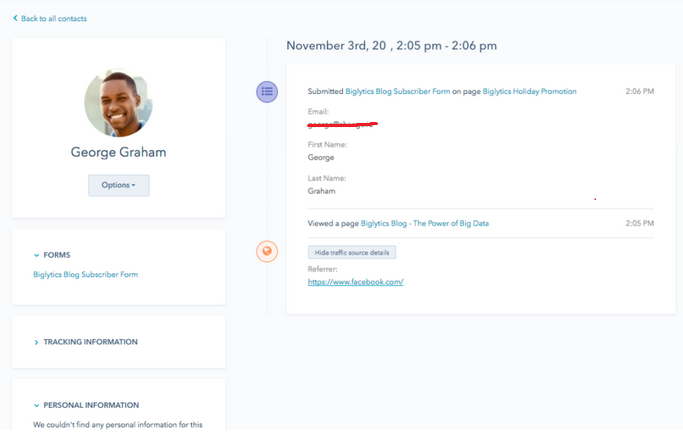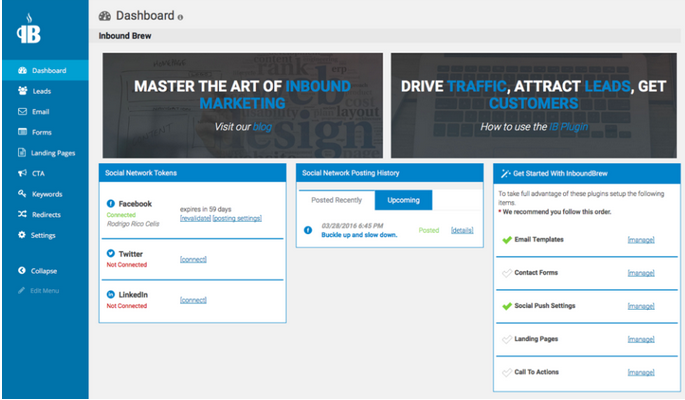The current businesses are more inclined towards digital marketing. According to research conducted by the Massachusetts Institute of Technology, 85% of respondents agree that digital marketing is required to remain profitable in the market. Inbound marketing helps businesses align their digital strategies with their business goals.
Inbound marketing helps attract your potential customers to your site and persuade them to visit it again and again. The success of inbound marketing depends on two factors, the usefulness of the content to solve your clients’ issues, concerns, and needs and reach of the content across several platforms that are convenient for customers to visit. The idea behind inbound marketing is to create leads and then transform them into a repeat visitor, who will bring more leads in future. This blog focuses on some of the methods, tools, and procedure how to integrate inbound marketing into your WordPress website.
Procedure
The WordPress website is an excellent choice to integrate inbound marketing into it, since it’s easy to update posts regularly and convenient to find them on internet.
Follow these steps to integrate inbound marketing into your WordPress website:
1. Attract your target audience by creating the relevant content that solves their pain points.
Tools such as Jetpack Related Posts and Contextual Related Posts can help you in creating contextual content for your customers. Many other keyword suggested plugins can help you include relevant keywords into your WordPress. These plugins also help in suggesting relevant keywords, grammar check, and auto-complete the sentence based on the context. Social media tools such as LinkedIn, Facebook, Twitter, and Instagram are effective tools to reach the maximum number of people. Social media helps your content to be shared faster among users. Hence, these plugins also enable you to include social media buttons in your website that in turn enable your leads to generate prospective users.
2. Convert your visitors into leads.
Once you have identified your target audience and focused on their issues, you need to make them your business leads. Tools like PopUp Pro, and SideOffer can assist you in capturing their contact details.
One of the most effective methods to interact with your customers is the Calls-to-Action (CTA). An easy way to include call-to-action buttons is to add them in your site’s sidebar, either using Image Widget or Text Widget. You can use MaxButtons or Inbound Now tools to include calls-to-action. MaxButtons allows you to create CSS3 call-to-action buttons that you can link to any page or post of your WordPress site. Inbound Now is a complete package to integrate inbound marketing into your WordPress website, which includes calls-to-action, tracking, email marketing and leads management. Other plugins help you to understand your website visitors. You can view its dashboard to analyze your customers’ activities regarding your posts, such as when they visit, what they view, on which social networks they are on, etc.
Furthermore, Landing Pages plugins can help improve and monitor conversion rates and creating your own templates. These plugins also allow you to customize your landing pages to exactly match your brand and its WYSIWYG builder enables you in quick and easy page editing.
3. Convert leads into your actual customers.
To capture all the visitor’s information and interactions, you can use CRM tools such as HubSpot, CRM Google Analytics, etc.
These plugins also help build trust with your contacts.
4. Continuously engage with your customers by new offers and make them loyal fans.
To get your customers’ feedback, tools such as PollDaddy, SurveyMonkey can help much. Tools such as Hootsuite, Cyfe, and SimplyMeasured can help in social monitoring and answering your customers’ queries.
5. Generate new customers.
Through blogs, newsletters, and social communication, you can generate new leads which will get converted into your customers.
Furthermore, the quality of images that you add to your post also plays a vital role in inbound marketing. Consider the following points while adding images to your posts:
- Minimize the image size as much as possible because the image size affects page load time and the search engine.
- Name and tag the images properly for the effective search.
- According to a study done by MarketMeSuite, images attracted 94% more engagement than content.
You can use the WP Smush Pro plugin of the WordPress website that can help you reduce the size of your images. Media File Renamer is a plugin that updates the filename automatically and its references such as post, page, custom type and their metadata are also updated once the file is modified.
The major issue with WordPress regarding inbound marketing is that you need many different tools from many different services for creating landing pages, generating leads, search engine optimization, etc.
The following are some of the plugins that you can use to address the issue:
Jumplead

Jumplead is an all-in-one plugin that you can use for all the functionalities required for integrating inbound marketing into your WordPress site. For example, create conversion forms on your website, identify visitors and monitor their activities, track leads, search engine optimization, etc.
Inbound Rocket

Inbound Rocket assists you in generating more traffic and converting more visitors into your customers.
FrankenSpot

FrankenSpot is the tool that encompasses all the features of the HubSpot tool into its inbound marketing. HubSpot requires several tools for its content optimization system, such as blogging, email, SEO, contact form, CTAs, and website. Different tools embedded into it are WPtouch, WP Marketing Suits, MaxButtons, Yoast SEO, etc.
Inbound Brew

Inbound Brew is a free plugin that aims at automatically push your post into social media, create CTAs and landing pages on the website, capture and manage leads, and manage SEO.
Conclusion
Content is available enormously in the market, but a business owner to succeed must make sure that the right content is available to the right audience in the right format at the right time through the right channel. And inbound marketing fulfills all these criteria. Right from creating valuable content for the intended audience to converting visitors to leads, and then converting leads into actual customers. Last but not the least, inbound marketing also ensures maintaining the customers and generating many more leads through your existing customers.



